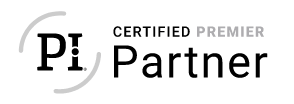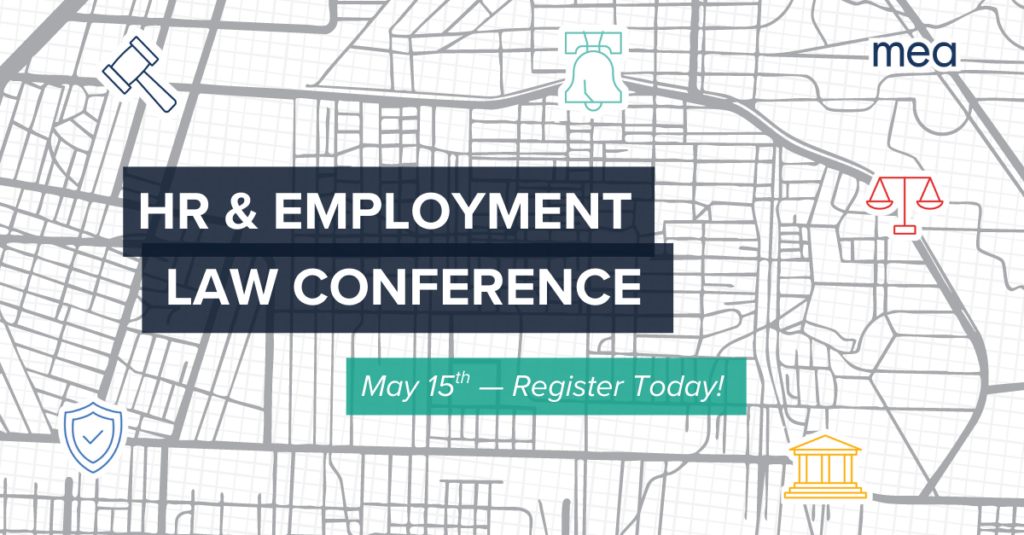Most ESOP companies excel at tracking financial metrics, operational efficiency, and customer satisfaction. They monitor revenue growth, productivity ratios, and share value appreciation with sophisticated precision. Yet despite having access to comprehensive business intelligence, many employee-owned organizations struggle to understand why performance variations occur or how to systematically optimize the human capital that drives their competitive advantage.
The missing element? Behavioral and cognitive analytics that reveal how your employee-owners think, work, and make decisions.

Why Traditional Business Intelligence Falls Short in ESOPs
Financial data tells you what happened. Operational metrics show you current performance. But in employee-owned companies, where individual behaviors directly impact collective value creation, traditional business intelligence provides only half the strategic picture.
ESOP organizations face unique analytical challenges that conventional companies never encounter:
- Individual performance affects everyone’s ownership value, creating complex interconnections between personal work styles and enterprise valuation
- Ownership culture sustainability depends on behavioral patterns that traditional metrics can’t capture or predict
- Employee-owner decision-making requires data literacy across the entire workforce, not just senior leadership
- Long-term value creation relies on engagement and adaptability patterns that standard surveys fail to measure effectively
Without behavioral and cognitive insights, ESOP leaders are essentially flying blind when it comes to the human factors that determine their organization’s success.
The Power of Integrated Analytics: Three Critical Insights
When leading ESOP organizations combine traditional business metrics with behavioral analytics, they unlock capabilities that create sustainable competitive advantages:
1. Aligning Personal Work Styles with Collective Success
Understanding how each employee-owner’s natural work style, decision-making approach, and collaboration patterns impact productivity and innovation enables leaders to demonstrate the direct link between personal contributions and enterprise value growth. This connection transforms abstract ownership concepts into concrete behavioral frameworks that guide daily performance.
2. Optimizing Team Dynamics for Ownership Culture
Behavioral data reveals how to design performance metrics and recognition systems that celebrate individual strengths while reinforcing the collaborative culture essential for ESOP success. Organizations can move beyond generic team-building to create evidence-based approaches for optimizing group dynamics and shared decision-making effectiveness.
3. Predicting and Preventing Performance Risks
Cognitive and behavioral patterns provide early indicators of disengagement, role misalignment, or development needs before they result in turnover that disrupts ownership dynamics. This predictive capability enables proactive talent management that protects both institutional knowledge and employee-owner confidence.
The Strategic Imperative
For ESOP organizations, people analytics isn’t just about human resources optimization—it’s about protecting and enhancing the shared value that defines employee ownership success.
The organizations that develop integrated business intelligence capabilities combining traditional metrics with behavioral insights create performance improvements that directly translate to enterprise value appreciation and employee-owner satisfaction.
The challenge lies in developing the analytical frameworks, assessment infrastructure, and expertise necessary to capture and act upon behavioral data in ways that strengthen rather than compromise ownership culture.
This framework includes the five critical people data challenges unique to employee-owned companies and specific behavioral metrics that drive ownership culture and enterprise value.
The question isn’t whether your ESOP has enough data, it’s whether you’re measuring the right things to optimize the human capital that determines your competitive advantage.
How complete is your business intelligence picture?




